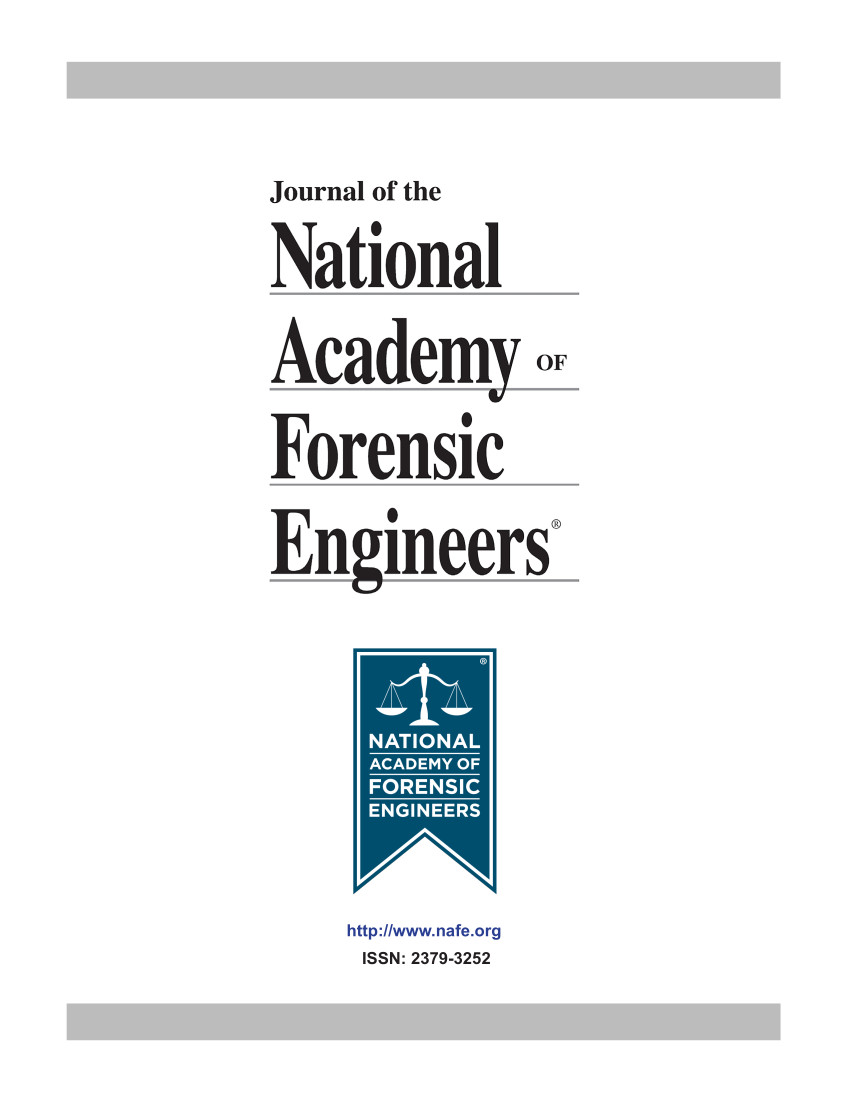Forensic Engineering And Laser Scan Technology
DOI:
https://doi.org/10.51501/jotnafe.v22i1.644Keywords:
LaserAbstract
For The First 40+ Years, Folding Rulers, Tape Measures, And Black And White Photography Were The Standard Tools Of The Trade For Collision Reconstruction Engineers. Armed With These Tools, Engineers Collected As Much Data As Possible In Order To Evaluate A Collision Sequence. Then, And Still True Today, The Quality Of The Data Collected Directly Affects The Accuracy And The Depth Of The Analysis. However, Conventional Data Collection Tools Limited The Quality Of The Recorded Data. Typical Problems Encountered In The Past By Collision Reconstruction Engineers Included The Difficulty Associated With Re-Creating Realistic Representations Of The Collision Area And Vehicle(S), As Well As Performing Diagnostic Examinations Of Vehicles And Measuring Roadway Curvature, Elevations, Roadway Friction Factors, Illumination Levels, And Vehicle Dimensions. New Technology Has Provided Forensic Engineers With The Tools To Address These, And Other Reconstruction Needs. Through The Utilization Of Cutting-Edge Laser Scanning Technology, Engineers Can Now Collect Numerous Measurements Cost-Effectively, With Unprecedented Accuracy, At The Speed Of (Laser) Light. This New Technology Has The Ability To Rapidly Advance The Field Of Forensic Engineering, Not Just In The Area Of Collision Reconstruction, But In Any Discipline That Requires Precision Measurements.Published
2005-01-01
How to Cite
Schorr, Steven M. 2005. “Forensic Engineering And Laser Scan Technology”. Journal of the National Academy of Forensic Engineers 22 (1). https://doi.org/10.51501/jotnafe.v22i1.644.
Issue
Section
Articles
License
Copyright (c) 2005 National Academy of Forensic Engineers

This work is licensed under a Creative Commons Attribution-NoDerivatives 4.0 International License.
All rights © Journal of the National Academy of Forensic Engineers.
Full statement regarding the author's license of copyright to the NAFE is shown on the Copyright section of the Submissions Page.






